Supply Chain News Report – 10/06/2025
he U.S. Supreme Court is scheduled to hear arguments in November on the legality of President Donald Trump’s use of sweeping tariff powers, but the White House is already making adjustments in anticipation of the outcome. The administration has shifted its focus to tariff authority under Section 232 of the Trade Expansion Act of 1962, which allows tariffs to be imposed on national security grounds. This pivot is seen as an effort to safeguard as many duties as possible if the court rules against the administration’s earlier actions.
Unlike the International Emergency Economic Powers Act of 1977 (IEEPA), which was used for Trump’s so-called “Liberation Day” tariffs six months ago, Section 232 has long been recognized as a more firmly established legal foundation. Presidents of both parties have relied on it to implement tariffs on products ranging from steel and aluminum to copper. By leaning more heavily on this authority, Trump and his advisors aim to maintain tariff measures even if the Supreme Court strikes down the IEEPA-based duties.
Trump has previewed the shift through a series of sector-specific tariff announcements, targeting industries such as pharmaceuticals, semi-trucks, and furniture. Semiconductor tariffs, which have been discussed for months, are expected to be unveiled soon. Administration officials have also signaled that investigations into critical minerals, robotics, medical devices, and personal protective equipment are underway, potentially opening the door to additional tariffs in the near future.
Analysts warn the approach could prolong market volatility. “The challenge with tariffs is they create a ton of uncertainty,” said Natasha Sarin, co-founder of the Budget Lab at Yale. “Even if the Supreme Court rules against the administration, it is likely they will find another trade authority to fall back on.”
Financial strategists also point to the unpredictable nature of tariff policy. Brian Gardner, chief Washington policy strategist at Stifel, noted that Trump is still constructing a “plan B,” though the details remain unclear. “We don’t know exactly what plan B is yet,” Gardner said. “But it seems very likely tariffs will remain central to his trade and economic strategy.”
The Supreme Court is set to hear oral arguments on November 5, with a ruling possible before year’s end. If the court invalidates the IEEPA-based tariffs, the administration could be required to issue refunds, creating significant financial and logistical challenges. To minimize that risk, officials are emphasizing Section 232 powers, which are generally viewed as less vulnerable to legal challenges.
Recent developments also illustrate how unpredictable tariff rollouts can be, particularly in the pharmaceutical sector. Trump initially proposed broad tariffs of up to 200 percent on imported drugs. Those rates were later scaled back to 100 percent, with a growing list of exemptions. Pharmaceutical firms that build facilities in the U.S. were spared, as were imports from countries with trade agreements.
Most notably, Trump announced last week that Pfizer would receive a three-year exemption from tariffs after agreeing to reduce certain drug prices. The arrangement has raised expectations that similar deals could be reached with other pharmaceutical companies, effectively pausing tariff enforcement while negotiations unfold. Commerce Secretary Howard Lutnick suggested that ongoing talks with drugmakers could lead to more exemptions, signaling that tariff policies in this sector may remain in flux for some time.
For businesses and investors, the uncertainty is a double-edged sword. While shifting tariff strategies complicate planning and supply chain decisions, pharmaceutical stocks experienced their best week in more than a decade amid the latest announcements, underscoring the unpredictable market effects of tariff policy.
As Trump continues to expand the scope of tariff actions, industries ranging from manufacturing to healthcare are preparing for months of ongoing negotiations and shifting rules. The legal battles now underway will determine not only the fate of current tariffs but also the long-term balance of power between Congress and the presidency in shaping U.S. trade policy.
#Tariffs #TradePolicy #SupplyChainNews #EconomicUpdate #NewsUpdate

















